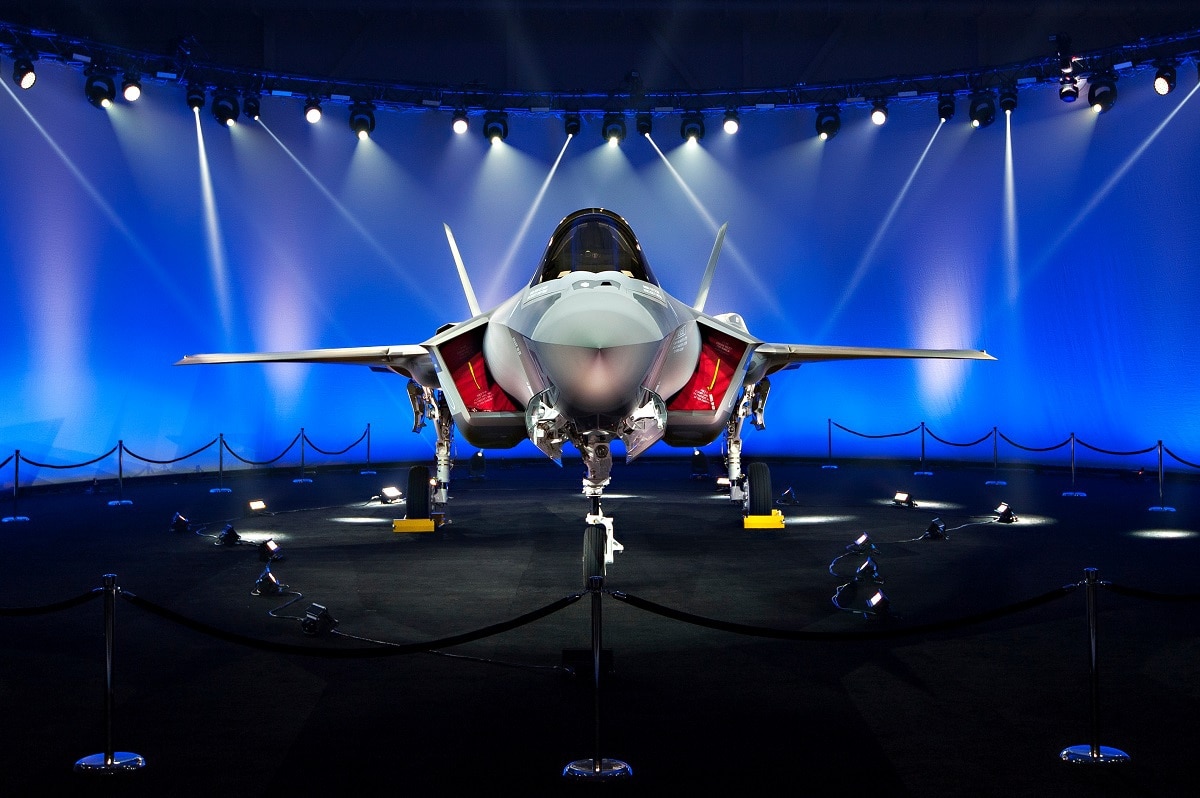Much like some aspects of western pop culture, the Lockheed Martin F-35 Lightning II is “Big in Japan.” The fifth-generation fighter was selected by the Japanese Ministry of Defense as the next generation fighter of choice for the Japan Air Self-Defense Force, and currently, 147 of the Joint Strike Fighters, including 105 F-35A and 42 F-35B models have been ordered as part of the Foreign Military Sale (FMS) program.
A Really Big Deal, For China…
The JASDF 3rd Air Wing, 301st and 302nd Tactical Fighter Squadrons (TFS) operating of Misawa Air Base are now equipped with the F-35. The 302nd TFS declared Initial Operational Capability in 2019, while the 301st became operational last year.
Tokyo has mulled plans to position its new F-35B fifth-generation stealth fighters on the island of Kyushu to the country’s southwest. Defense Minister Nobuo Kishi told reporters in April that the Nyutabaru Air Base in Miyazaki Prefecture ‘is certainly a leading candidate’ for such a deployment. Tokyo seeks to reach a final deployment decision as early as this fiscal year.
It isn’t just the defense of the island nation where the F-35 has proved vital. Japanese industry, including Mitsubishi Heavy Industries (MHI), Mitsubishi Electric Company (MELCO) and IHI Corp. currently contributes to F-35A production in Japan. Those three companies provide the F-35A Final Assembly and Checkout (FACO), production of Mission Systems radar and EODAS components, and F135 engine component production and FACO, respectively.
More U.S. Based F-35s
In addition to the JASDF’s F-35s, this month a second U.S. Marine Corps squadron based in Japan has declared its F-35B fighters to be ready for operations. The announcement comes less than a year after officially beginning the process of transition to the stealthy fifth-generation aircraft, Defense News reported. The 1st Marine Aircraft Wing announced Thursday that Marine Fighter Attack Squadron 242 (VMFA-242), nicknamed “The Bats,” attained initial operational capability with the Lockheed Martin-made jet, just 10 months after transitioning away from the Boeing-made F/A-18D Hornet.
It was last October that the squadron was re-designated VMFA-242, having operated as VMFA(AW)-242, including when it provided close air support for the 1st Marine Division. From August 2004 to March 2005, the squadron had supported the Iraq War, and spent those seven months operating from Al Asad Airbase in Iraq. The was reassigned to Marine Combat Air Station Iwakuni in Yamaguchi prefecture, located at the southern end of the main Japanese island of Honshu near the city of Hiroshima, in 2008. The unit can trace its history back to July 1, 1943 when the unit was first commissioned as Marine Torpedo Bombing Squadron 242 (VMTB-242).
In addition to the two F-35B squadrons, Iwakuni is also home to a squadron of Marine Corps KC-130J Hercules tanker-transport aircraft, as well as with several U.S. Navy and Japan Maritime Self-Defense Force flying squadrons.
Peter Suciu is a Michigan-based writer who has contributed to more than four dozen magazines, newspapers and websites. He regularly writes about military small arms, and is the author of several books on military headgear including A Gallery of Military Headdress, which is available on Amazon.com.
Image Credit: Lockheed Martin.

